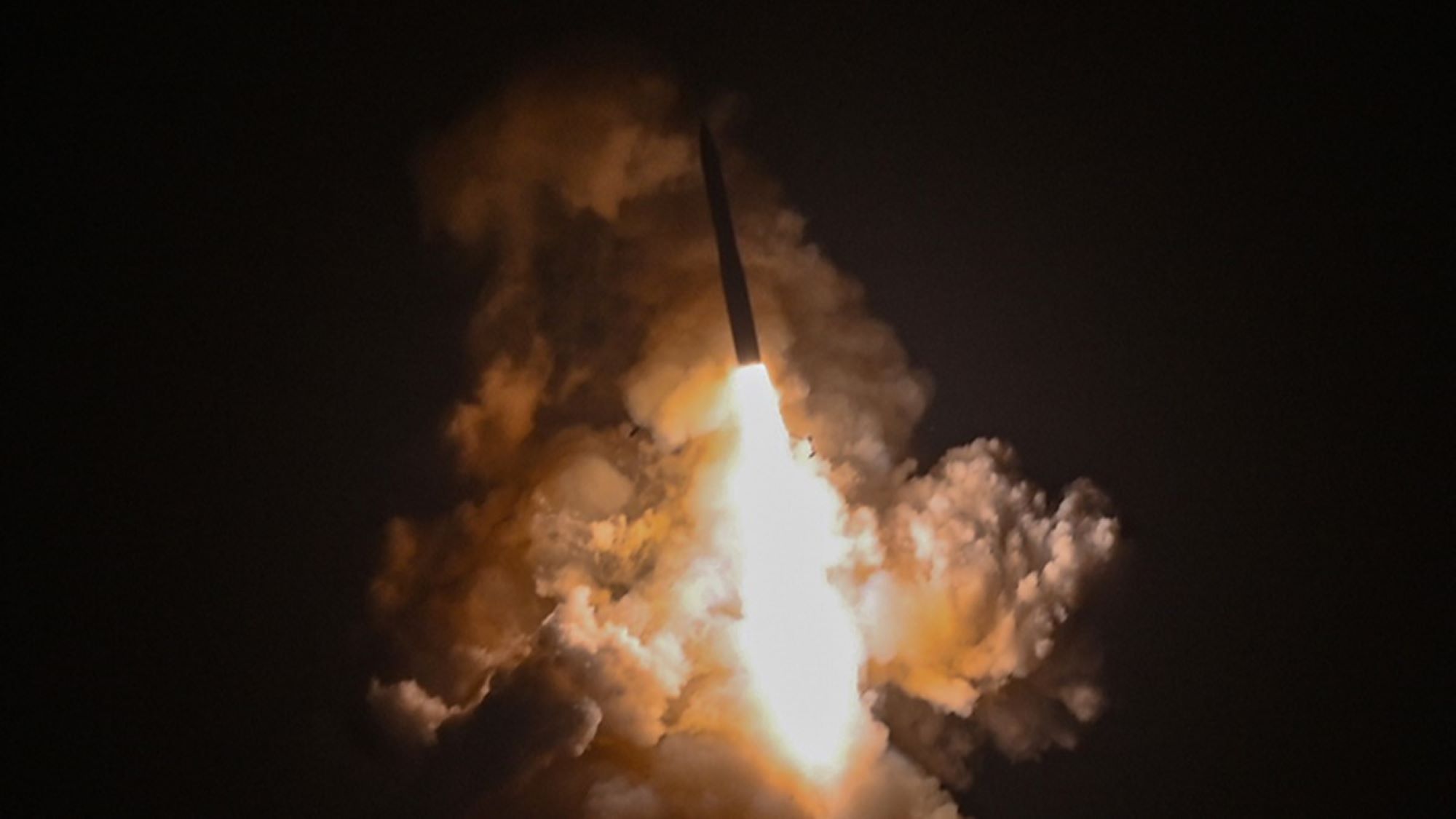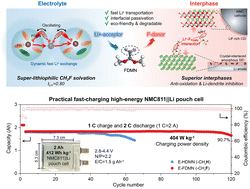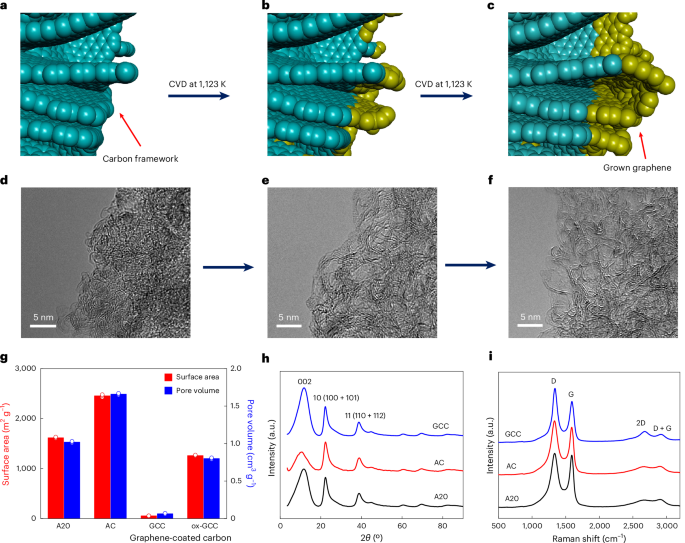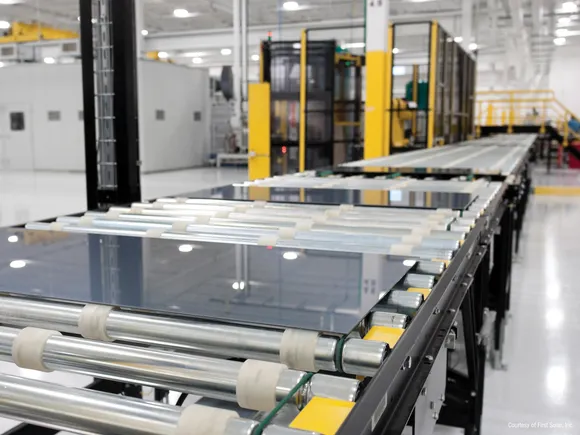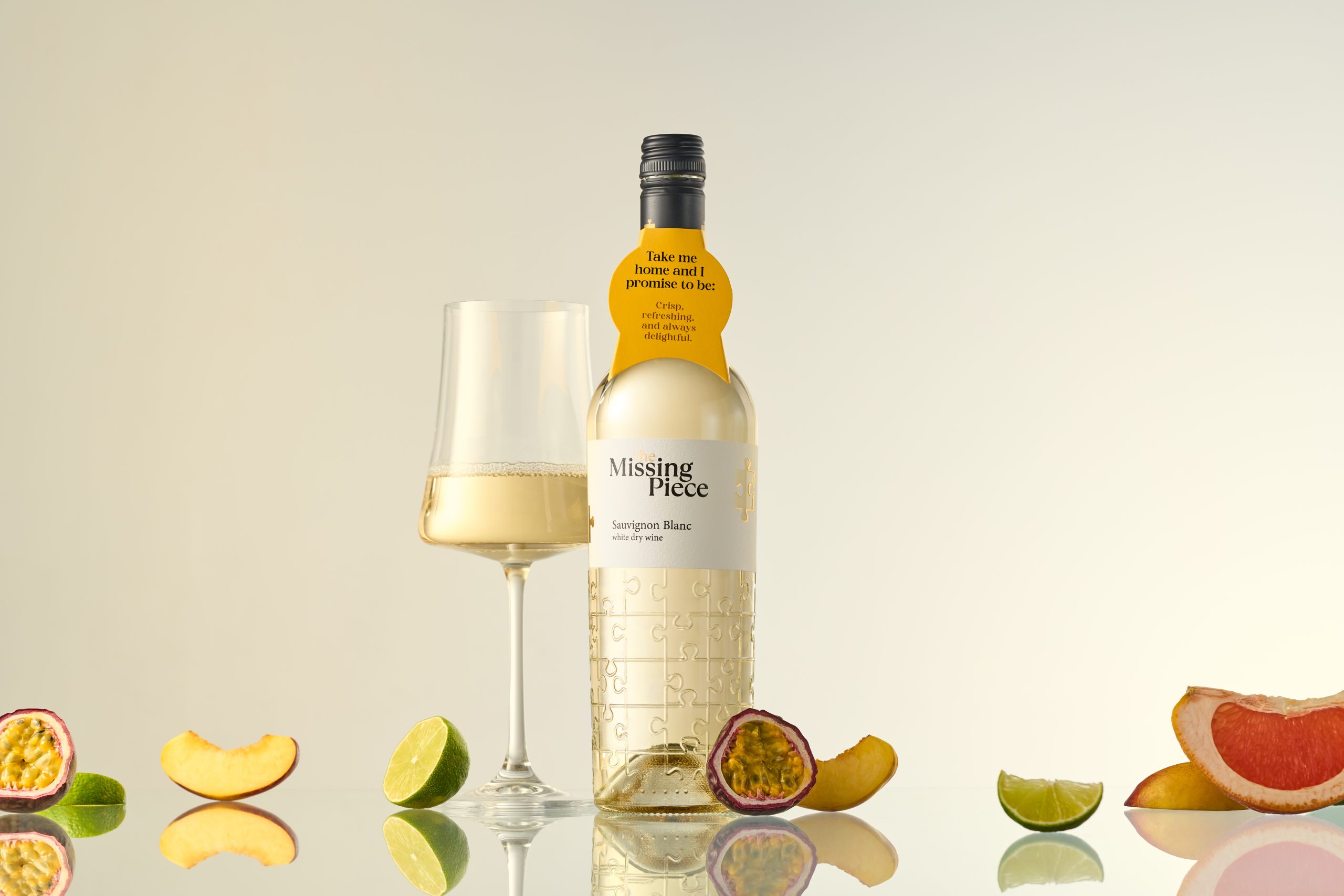Czech breweries are seeing a boom in production led by a rise in export sales and local demand for non-alcoholic beer.
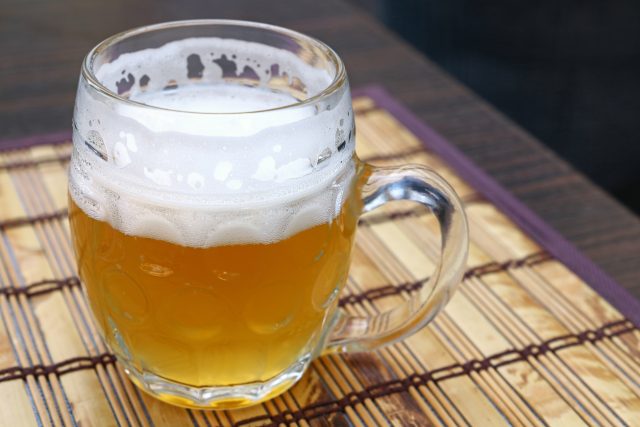
According to figures from the Czech Breweries and Maltsters Association, last year the production of Czech beer reached a 15 year high with Czech breweries producing around 4.2% more than in 2023. This marked a rise to almost 20.9 million hectolitres of beer being brewed last year alone.
However, a new trend is taking place across the Czech Republic, where growth is now being driven by two key elements: exports and a rise in demand for non-alcoholic variants. In essence, the way the country's breweries are now brewing is changing, especially since many are reshaping their output to meet new domestic consumption habits.
The data revealed that alcoholic beer consumption declined for the fourth consecutive year, nosediving to 126 litres per person, a marked adaptation from a nation known for its beer adoration. The Czech Republic
, which is known for having the highest beer consumption per capita in the world, has battled with economic uncertainty having a knock on effect on budgets along with the rising cost of draught beer affecting consumer spending.
Plus, during the spring of 2023, the
Czech Republic braced itself while tax on its draught beer soared from 15% to 21% as part of new plans revealed by its government. To counter this, Czech breweries are being forced to get creative and are sharpening their focus on non-alcoholic brews for the local market.
Compared to 2019, before the pandemic, it has become evident that Czech drinkers are consuming 16 litres less beer annually and yet despite the challenges this has presented, the brewing industry has, in all intents and purposes, seemingly adapted quickly.
Examples of this can be seen by the fact that in 2024 alone, Czech breweries produced 1.613 million hectolitres of non-alcoholic and flavoured non-alcoholic beers, a move that marked a 13.7% year-on-year increase. Compared to 2019, output has more than doubled, and non-alcoholic beer now reportedly makes up 10% of all beer sold on the Czech market.
To move with the times, breweries have chosen to broaden their portfolios with some going so far as to introduce new flavours and a selection of non-alcoholic beers to their remit in an effort to retain a decent amount of consumer interest.
To coincide with the non-alcoholic phenomenon however, the rest of the world that still revers traditional Czech beer seemingly picked up the mantle.
At the same time, exports of Czech beer sold around the world also surged. Out of the total volume brewed, 5.9 million hectolitres were exported, the highest figure since 2009, marking a 788,000-hectolitre increase over the previous year.
The boost, according to
reports in Prague, is mainly due to increased demand from EU countries, especially Germany and Slovakia. Added to this however were 1.16 million hectolitres of Czech beer that also went to markets outside the EU. Plus, bars across the US have started adopting the traditional Czech beer pouring method, known as mlíko, and the trend is taking off stateside.
The figures show that beer imports into Czechia rose 9% year-on-year, mainly from Europe. However, it is evident that imported beers still only make up 3% of domestic consumption, while 97% of all beer consumed in the country has been brewed locally.
An additional trend reshaping Czech drinking habits can be seen from the new reluctance to venture out to bars. Czechs are now choosing to drink more at home. For instance, in 2024, nearly 75% of beer was bought in shops, the highest share outside of the pandemic years. While the sector struggled,
Prague city councillors also went so far as to place a ban on night time pub crawls in an effort to target “more cultured” tourists, a move that has also had a knock on effect on trade.
Added to this, traditional offerings on tap are feeling the pinch while canned beer is on the rise, now making up almost a quarter of all packaging, a more than 10% increase over 2023.
Despite the fact that glass bottles remain the most common packaging for Czech beer, the amount produced still dropped slightly to 39% of the market. At the same time, PET bottles and keg beer also saw declines, reflecting how much beer consumption in pubs and restaurants has reduced.
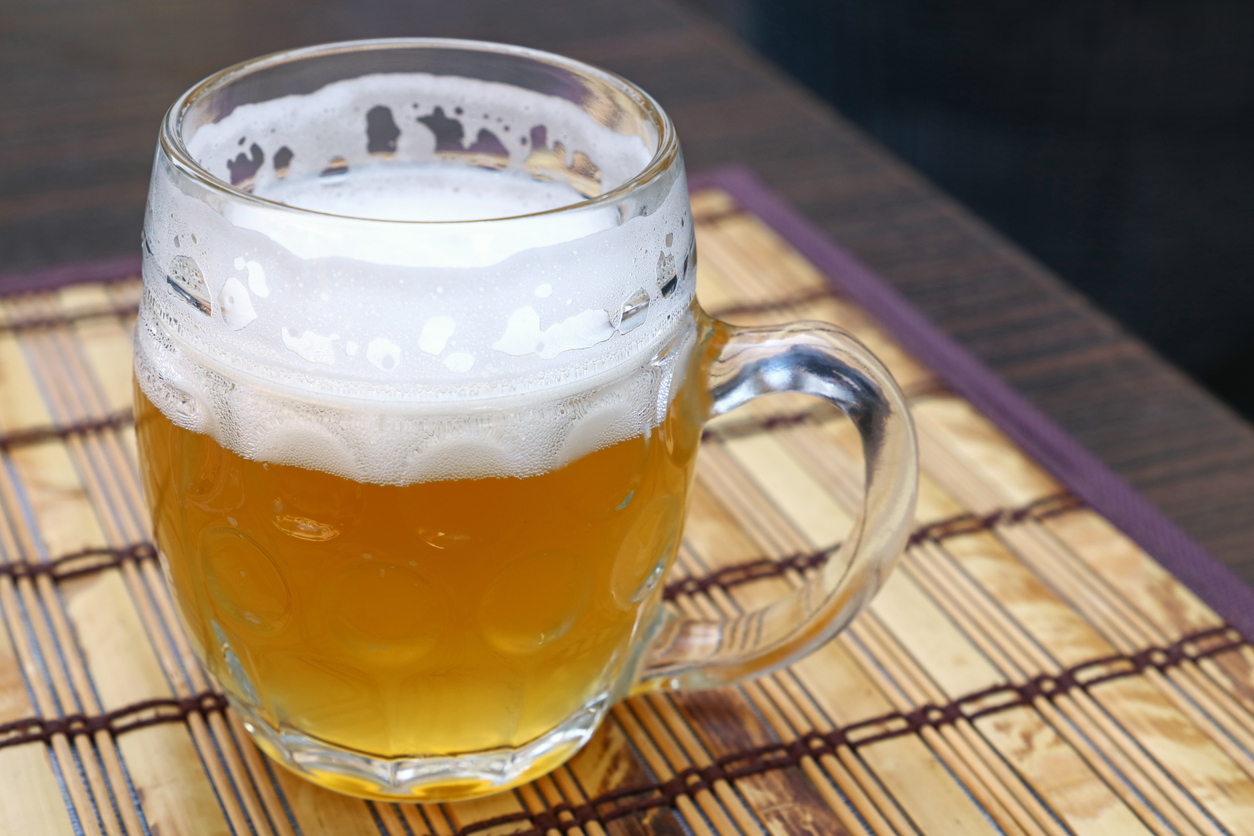
 According to figures from the Czech Breweries and Maltsters Association, last year the production of Czech beer reached a 15 year high with Czech breweries producing around 4.2% more than in 2023. This marked a rise to almost 20.9 million hectolitres of beer being brewed last year alone.
However, a new trend is taking place across the Czech Republic, where growth is now being driven by two key elements: exports and a rise in demand for non-alcoholic variants. In essence, the way the country's breweries are now brewing is changing, especially since many are reshaping their output to meet new domestic consumption habits.
The data revealed that alcoholic beer consumption declined for the fourth consecutive year, nosediving to 126 litres per person, a marked adaptation from a nation known for its beer adoration. The Czech Republic, which is known for having the highest beer consumption per capita in the world, has battled with economic uncertainty having a knock on effect on budgets along with the rising cost of draught beer affecting consumer spending.
Plus, during the spring of 2023, the Czech Republic braced itself while tax on its draught beer soared from 15% to 21% as part of new plans revealed by its government. To counter this, Czech breweries are being forced to get creative and are sharpening their focus on non-alcoholic brews for the local market.
Compared to 2019, before the pandemic, it has become evident that Czech drinkers are consuming 16 litres less beer annually and yet despite the challenges this has presented, the brewing industry has, in all intents and purposes, seemingly adapted quickly.
Examples of this can be seen by the fact that in 2024 alone, Czech breweries produced 1.613 million hectolitres of non-alcoholic and flavoured non-alcoholic beers, a move that marked a 13.7% year-on-year increase. Compared to 2019, output has more than doubled, and non-alcoholic beer now reportedly makes up 10% of all beer sold on the Czech market.
To move with the times, breweries have chosen to broaden their portfolios with some going so far as to introduce new flavours and a selection of non-alcoholic beers to their remit in an effort to retain a decent amount of consumer interest.
To coincide with the non-alcoholic phenomenon however, the rest of the world that still revers traditional Czech beer seemingly picked up the mantle.
At the same time, exports of Czech beer sold around the world also surged. Out of the total volume brewed, 5.9 million hectolitres were exported, the highest figure since 2009, marking a 788,000-hectolitre increase over the previous year.
The boost, according to reports in Prague, is mainly due to increased demand from EU countries, especially Germany and Slovakia. Added to this however were 1.16 million hectolitres of Czech beer that also went to markets outside the EU. Plus, bars across the US have started adopting the traditional Czech beer pouring method, known as mlíko, and the trend is taking off stateside.
The figures show that beer imports into Czechia rose 9% year-on-year, mainly from Europe. However, it is evident that imported beers still only make up 3% of domestic consumption, while 97% of all beer consumed in the country has been brewed locally.
An additional trend reshaping Czech drinking habits can be seen from the new reluctance to venture out to bars. Czechs are now choosing to drink more at home. For instance, in 2024, nearly 75% of beer was bought in shops, the highest share outside of the pandemic years. While the sector struggled, Prague city councillors also went so far as to place a ban on night time pub crawls in an effort to target “more cultured” tourists, a move that has also had a knock on effect on trade.
Added to this, traditional offerings on tap are feeling the pinch while canned beer is on the rise, now making up almost a quarter of all packaging, a more than 10% increase over 2023.
Despite the fact that glass bottles remain the most common packaging for Czech beer, the amount produced still dropped slightly to 39% of the market. At the same time, PET bottles and keg beer also saw declines, reflecting how much beer consumption in pubs and restaurants has reduced.
According to figures from the Czech Breweries and Maltsters Association, last year the production of Czech beer reached a 15 year high with Czech breweries producing around 4.2% more than in 2023. This marked a rise to almost 20.9 million hectolitres of beer being brewed last year alone.
However, a new trend is taking place across the Czech Republic, where growth is now being driven by two key elements: exports and a rise in demand for non-alcoholic variants. In essence, the way the country's breweries are now brewing is changing, especially since many are reshaping their output to meet new domestic consumption habits.
The data revealed that alcoholic beer consumption declined for the fourth consecutive year, nosediving to 126 litres per person, a marked adaptation from a nation known for its beer adoration. The Czech Republic, which is known for having the highest beer consumption per capita in the world, has battled with economic uncertainty having a knock on effect on budgets along with the rising cost of draught beer affecting consumer spending.
Plus, during the spring of 2023, the Czech Republic braced itself while tax on its draught beer soared from 15% to 21% as part of new plans revealed by its government. To counter this, Czech breweries are being forced to get creative and are sharpening their focus on non-alcoholic brews for the local market.
Compared to 2019, before the pandemic, it has become evident that Czech drinkers are consuming 16 litres less beer annually and yet despite the challenges this has presented, the brewing industry has, in all intents and purposes, seemingly adapted quickly.
Examples of this can be seen by the fact that in 2024 alone, Czech breweries produced 1.613 million hectolitres of non-alcoholic and flavoured non-alcoholic beers, a move that marked a 13.7% year-on-year increase. Compared to 2019, output has more than doubled, and non-alcoholic beer now reportedly makes up 10% of all beer sold on the Czech market.
To move with the times, breweries have chosen to broaden their portfolios with some going so far as to introduce new flavours and a selection of non-alcoholic beers to their remit in an effort to retain a decent amount of consumer interest.
To coincide with the non-alcoholic phenomenon however, the rest of the world that still revers traditional Czech beer seemingly picked up the mantle.
At the same time, exports of Czech beer sold around the world also surged. Out of the total volume brewed, 5.9 million hectolitres were exported, the highest figure since 2009, marking a 788,000-hectolitre increase over the previous year.
The boost, according to reports in Prague, is mainly due to increased demand from EU countries, especially Germany and Slovakia. Added to this however were 1.16 million hectolitres of Czech beer that also went to markets outside the EU. Plus, bars across the US have started adopting the traditional Czech beer pouring method, known as mlíko, and the trend is taking off stateside.
The figures show that beer imports into Czechia rose 9% year-on-year, mainly from Europe. However, it is evident that imported beers still only make up 3% of domestic consumption, while 97% of all beer consumed in the country has been brewed locally.
An additional trend reshaping Czech drinking habits can be seen from the new reluctance to venture out to bars. Czechs are now choosing to drink more at home. For instance, in 2024, nearly 75% of beer was bought in shops, the highest share outside of the pandemic years. While the sector struggled, Prague city councillors also went so far as to place a ban on night time pub crawls in an effort to target “more cultured” tourists, a move that has also had a knock on effect on trade.
Added to this, traditional offerings on tap are feeling the pinch while canned beer is on the rise, now making up almost a quarter of all packaging, a more than 10% increase over 2023.
Despite the fact that glass bottles remain the most common packaging for Czech beer, the amount produced still dropped slightly to 39% of the market. At the same time, PET bottles and keg beer also saw declines, reflecting how much beer consumption in pubs and restaurants has reduced. 










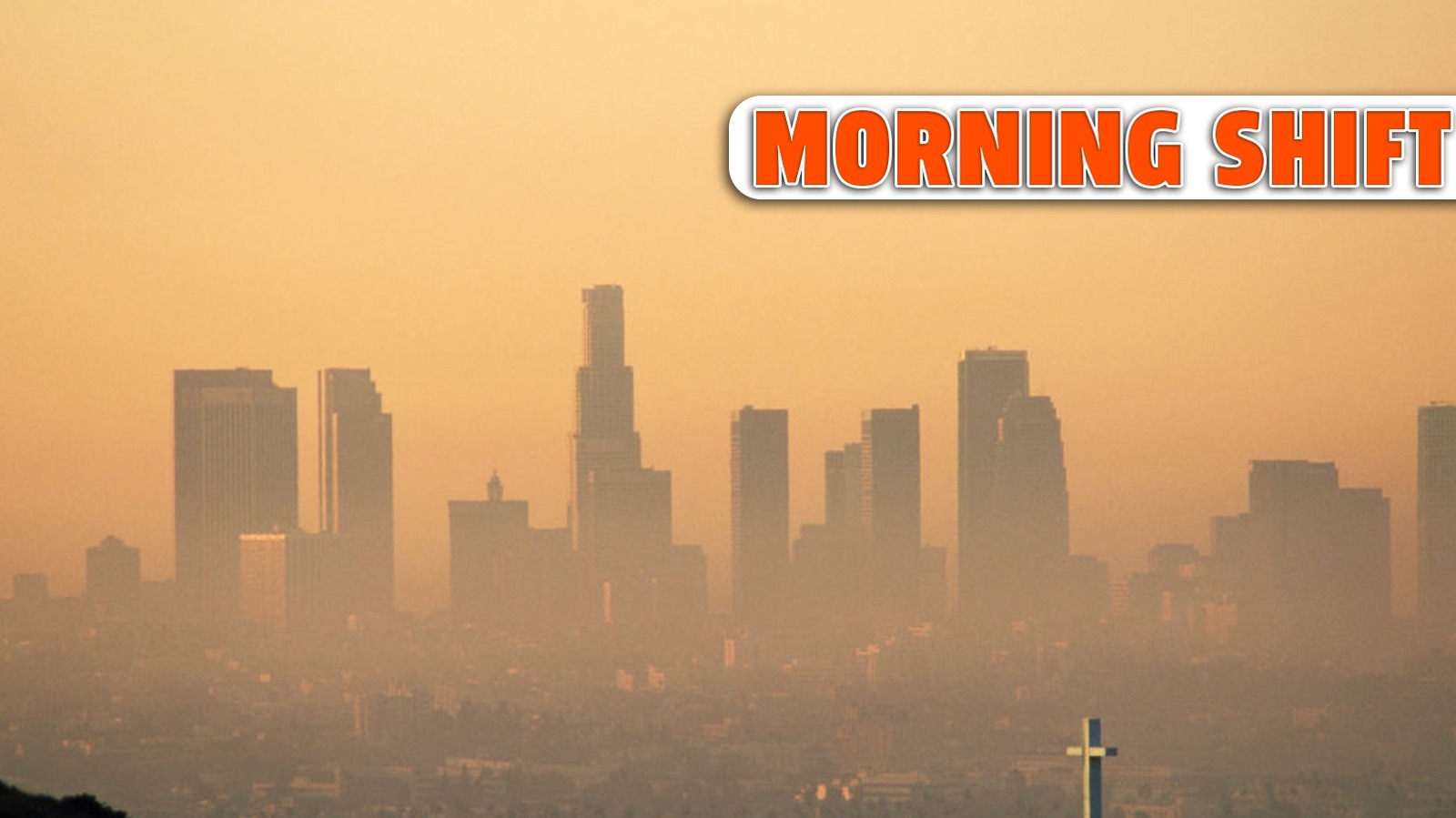
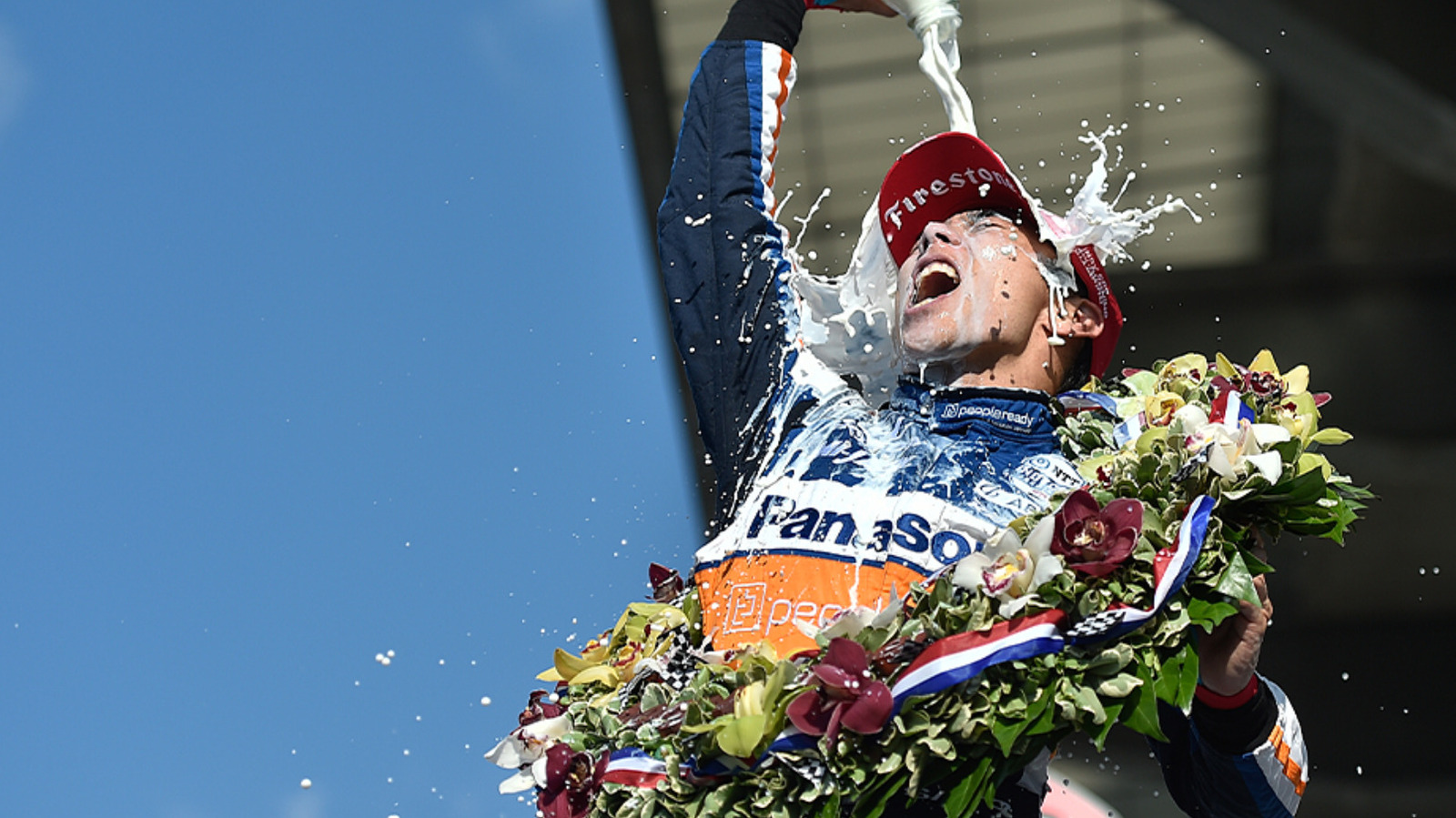



















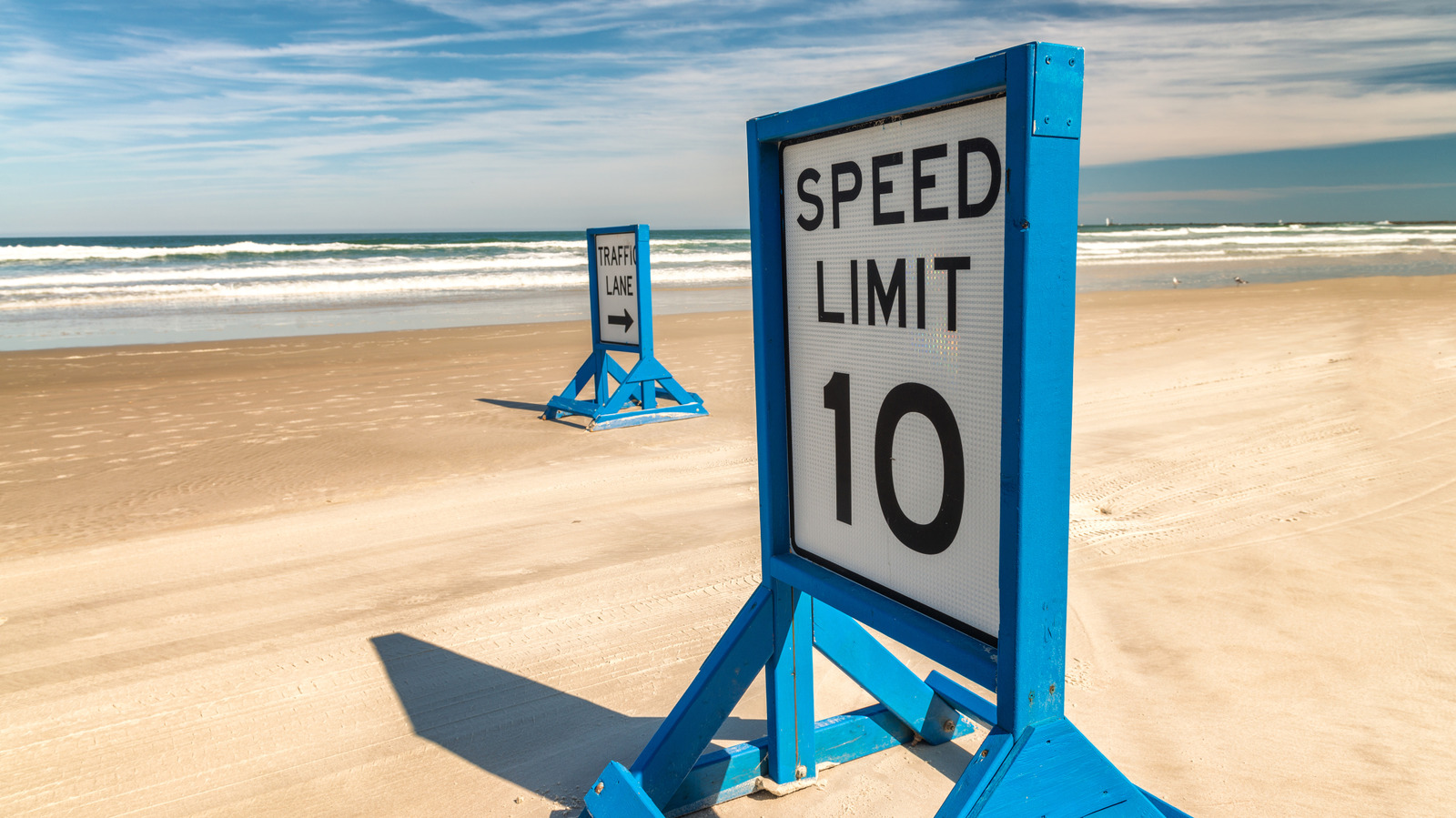


































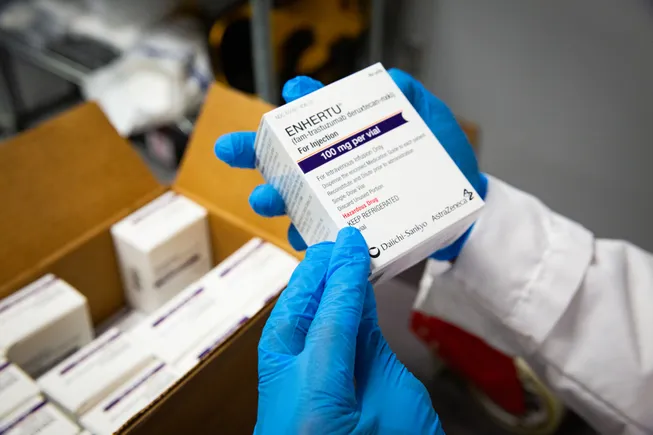






















![The F-35’s future: The power and cooling competition that could change everything [Video]](https://breakingdefense.com/wp-content/uploads/sites/3/2024/09/240924_F35_moon_USAF-scaled-e1727200160419.jpg?#)












